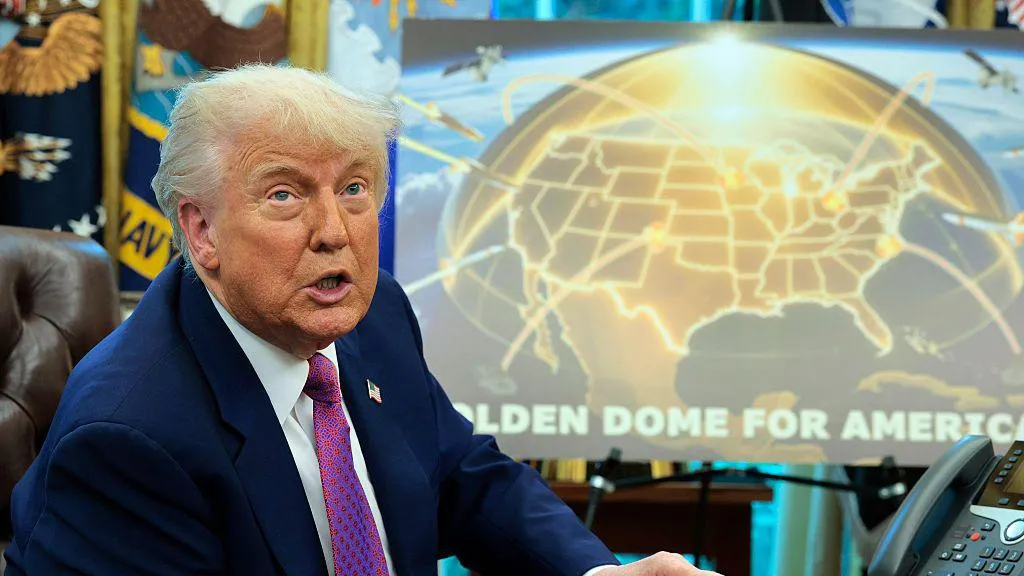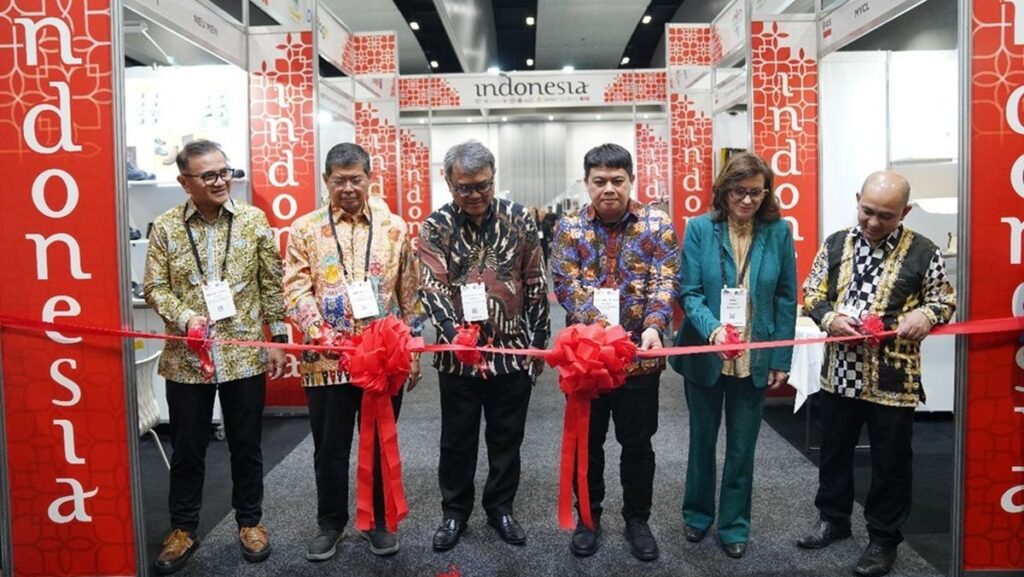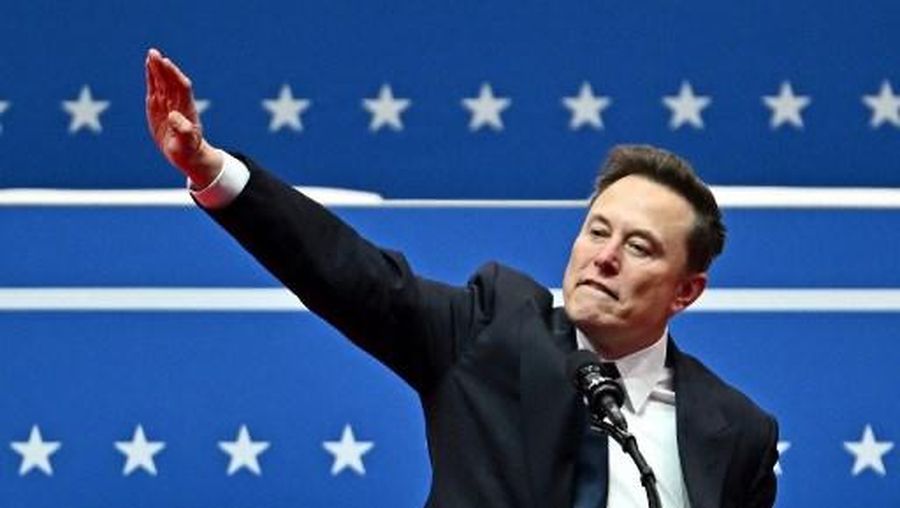Washington, D.C. – As former U.S. President Donald Trump pushes forward with the concept of the Golden Dome, a sweeping national missile defense initiative, the reverberations are being closely monitored not only in Europe, but throughout the Asia-Pacific region—where shifting power dynamics and rising military capabilities continue to reshape the strategic order.
Unlike earlier systems focused on intercepting intercontinental ballistic missiles (ICBMs), the Golden Dome is being positioned as a response to emerging threats: hypersonic glide vehicles, fractional orbital bombardment systems, and EMP weapons launched from space. These technologies—already under development in China and Russia—pose an increasingly complex challenge to the existing global defense architecture.
Patrycja Bazylczyk, a defense analyst at the Center for Strategic and International Studies, says the Golden Dome reflects “a reorientation of U.S. missile defense policy toward strategic peer competitors, rather than rogue states.”
For Asian nations—including U.S. allies such as Japan, South Korea, and Australia—the implications are far-reaching. A functional U.S. space-based or multi-tiered missile defense network could significantly alter strategic calculus in the Indo-Pacific, emboldening U.S. deterrence posture and potentially escalating arms competition in the region.
Moreover, for countries caught between U.S.-China tensions—like the Philippines, Indonesia, and Vietnam—the development of the Golden Dome underscores the necessity of hedging strategies, cybersecurity resilience, and regional multilateral cooperation in missile tracking and early warning systems.
Critics argue that Trump’s plan is as much a political statement as it is a security proposal. Nonetheless, the strategic message to adversaries is clear: the U.S. is preparing to defend its homeland from any vector—whether terrestrial, atmospheric, or orbital.
The Asia-Pacific has long been the focal point of 21st-century geopolitical realignment. As the Golden Dome enters public discourse, regional policymakers will be weighing not only its feasibility—but its long-term impact on extended deterrence, non-proliferation efforts, and crisis stability.
In a region where the trajectory of great power rivalry is still unfolding, the Golden Dome may serve as a reminder: strategic technologies, once announced, cannot be ignored.






